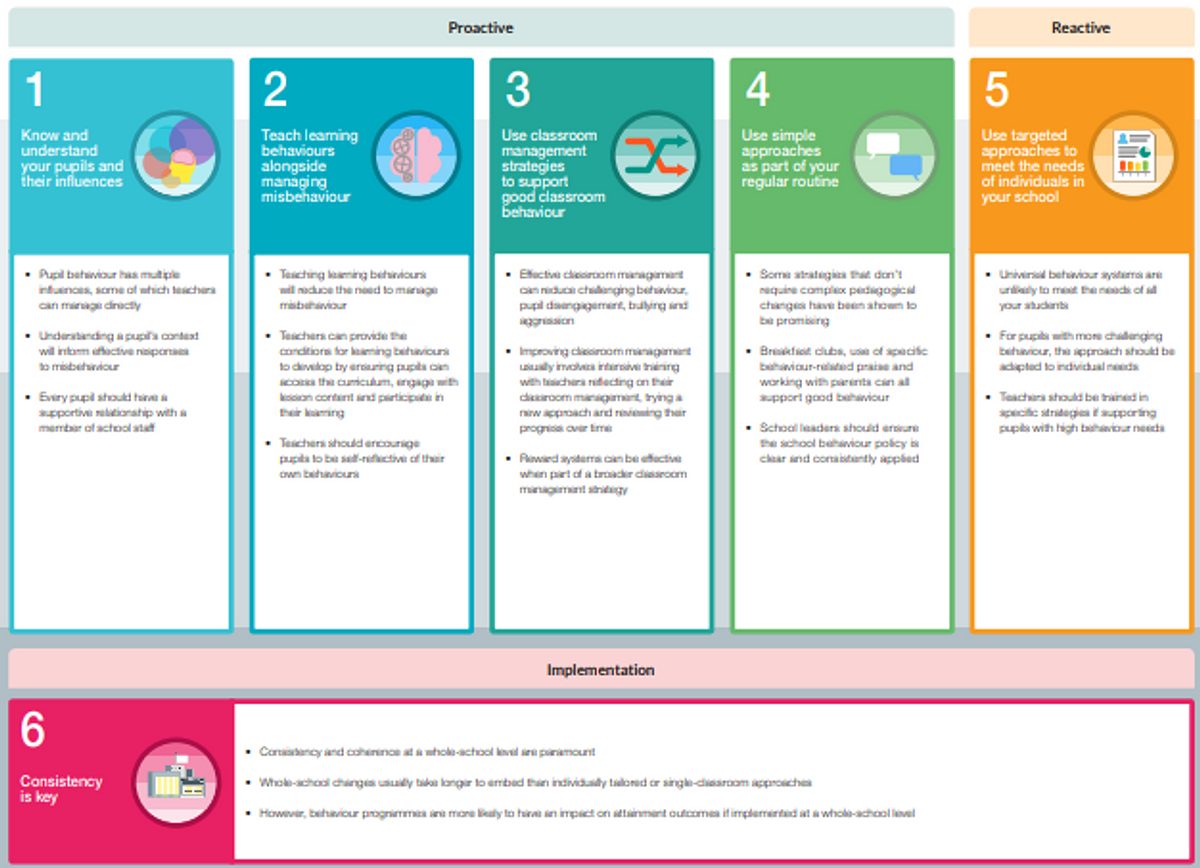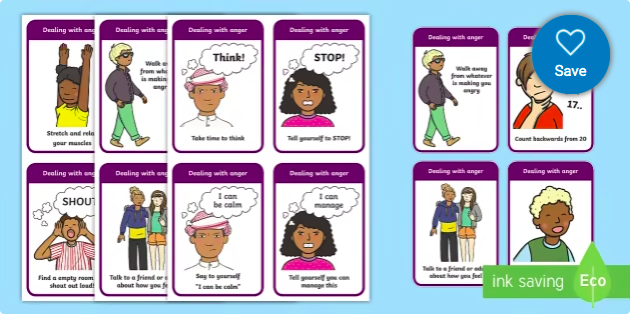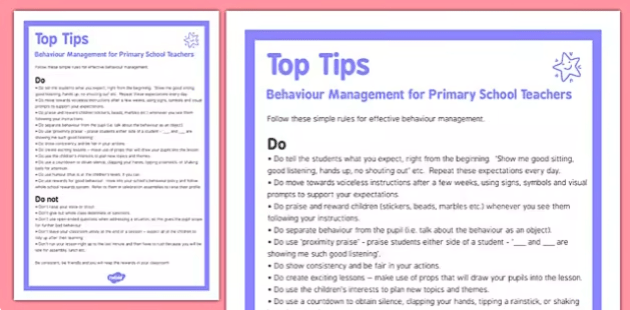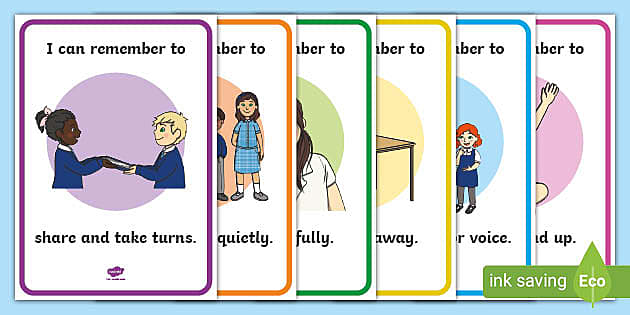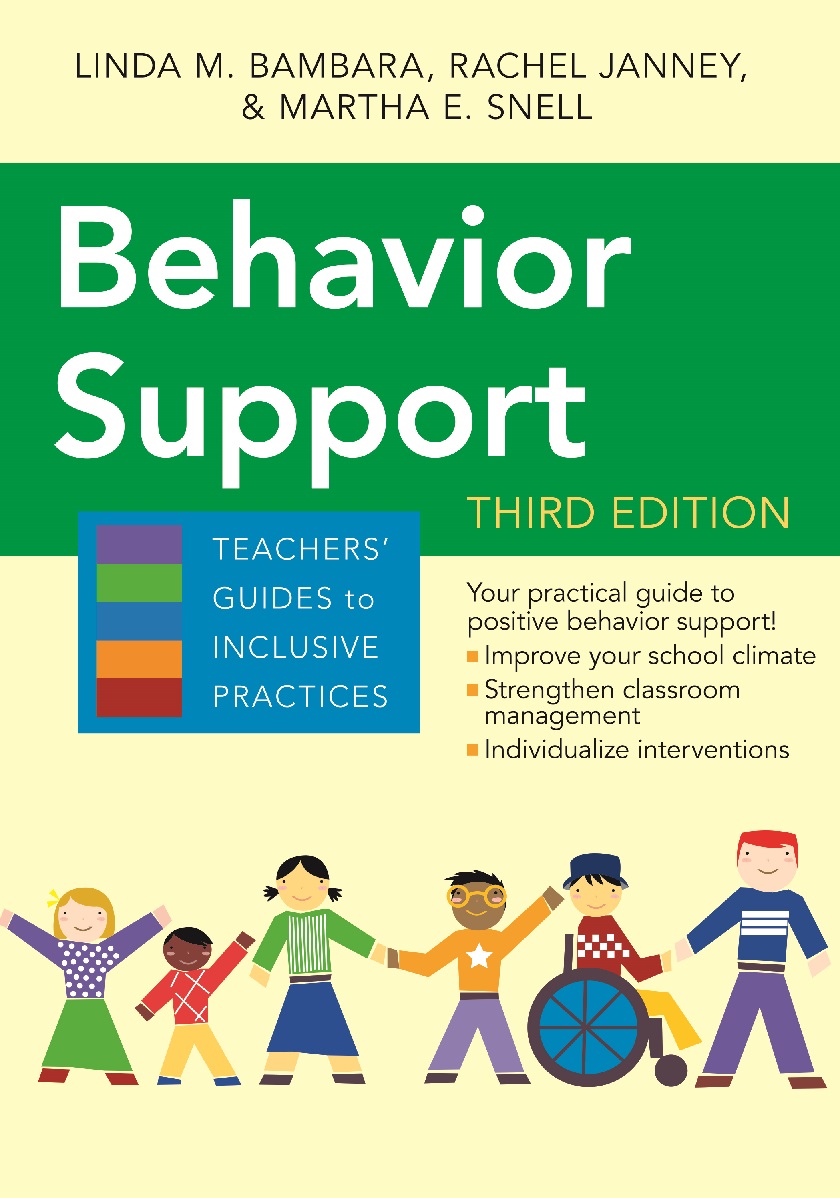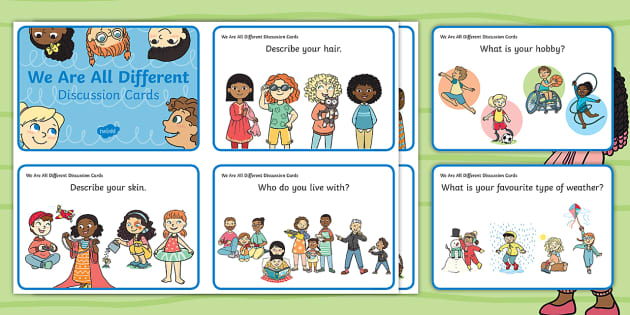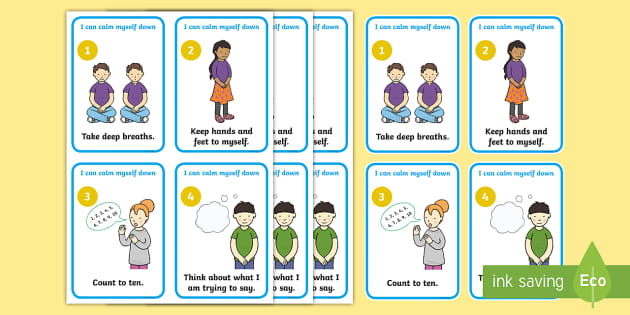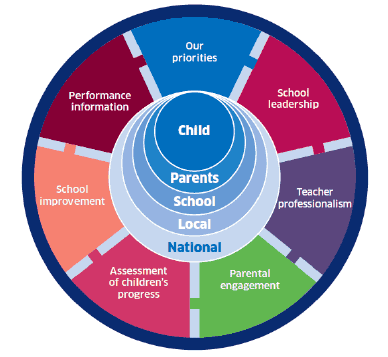Here’s A Quick Way To Solve A Info About How To Improve Behaviour In Schools
The other four recommendations focus on:
How to improve behaviour in schools. Ad support your childs learning at home with online clinically proven videos. Know and understand your pupils and their influences. Here are five case studies taken from my recent experience in education that show different ways of using restorative techniques in schools to improve behaviour, attendance.
Understand the principles of a whole school approach to behaviour. The problem is significant but not spiralling out of control. Teaching learning behaviours alongside managing misbehaviour.
10 | rewards and punishments. This post summarises the key messages from the research evidence, for each recommendation. Identifying effective approaches which improve outcomes, particularly for those groups disproportionately likely to be excluded.’ (p.
If there is a problem with behaviour, focus on it at the expense of (almost) everything else until it is fixed. Using targeted approaches to meet the needs of individuals. “teachers should focus on the types of punishments where rewards or privileges are withdrawn.”.
There’s a clear need for school to have consistent and clear behaviour policies that promote positive behaviour in lessons. This means that other agendas will need. • teaching learning behaviours will reduce the need to manage misbehaviour • teachers can provide the conditions for learning behaviours to develop by ensuring pupils can access the.
A chief behaviour adviser tasked with improving behaviour in nsw's public and private schools will be appointed by the state government after an inappropriate group chat. Start by finding the central issues. The way to look to put strategies in place to improve corridor behaviour is to track down the ‘hot spots’ of the school which are the central.
